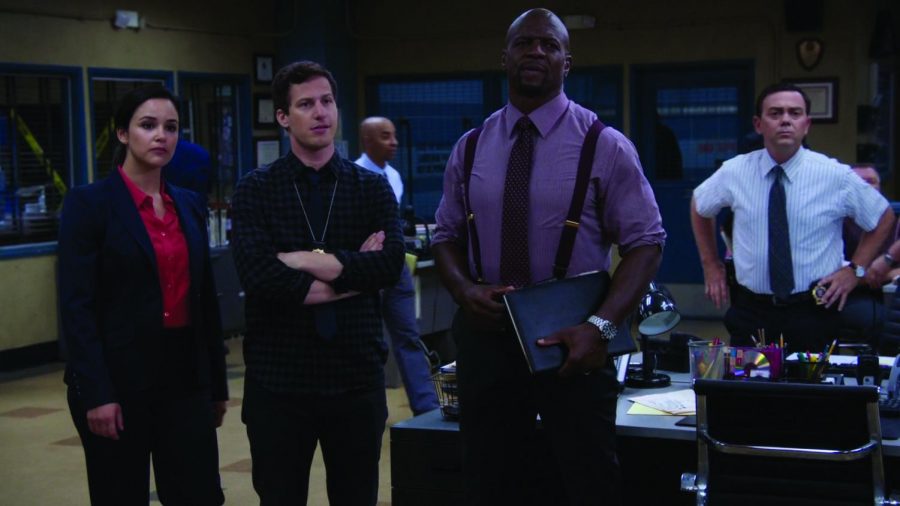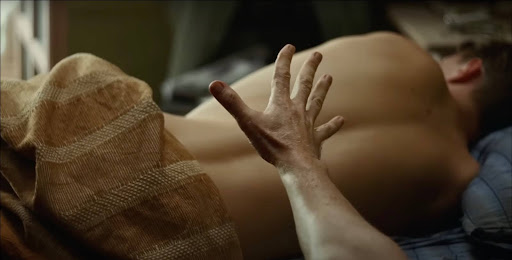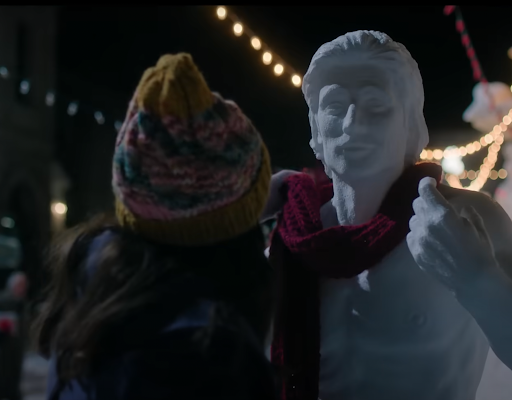Inclusion and representation are hot topics nowadays, especially when it comes to television, film and media. Unfortunately, television shows that cover these subjects are few and far between, though more are appearing every year. There is one show that stands apart from the rest when it comes to inclusion. Not only does the show have an amazing cast (and is absolutely hilarious), but NBC’s “Brooklyn Nine-Nine” is possibly the best example of representation, diversity and empowerment on television at the moment.
Season six of “Brooklyn Nine-Nine” premiered on Jan. 10 on its new home network, NBC. For its first five seasons, “Brooklyn Nine-Nine” was run by FOX, and fans were outraged when the show was canceled after season five, which ended on a huge cliffhanger. Even some celebrities were vocal on social media, like Lin-Manuel Miranda. Less than 48 hours later, NBC picked up the show and fans couldn’t have been happier.
The sitcom centers around the hilarious and not-so-normal day-to-day operations of the 99th Police precinct in Brooklyn, and focuses on the detectives within that precinct. The main cast includes Captain Raymond Holt, a gay black man, Sergeant Terry Jeffords, a black man, detectives Jake Peralta, a white man, Charles Boyle, a white man, Rosa Diaz, a bisexual Latina woman, Amy Santiago, a Latina woman and office administrator Gina Linetti, a white woman.
I list their races, and sometimes sexualities, in an effort to show just how diverse this cast is.
Throughout the show, “Brooklyn Nine-Nine” tackles issues such as racism, homophobia, sexism and more, and it does so effortlessly and seamlessly. Rather than dedicate single episodes to specific topics, from episode one “Brooklyn Nine-Nine” incorporates diversity and social issues into the show, creating an environment that is progressive, diverse and inclusive. As important as the social issues that the show deals with are, the show never makes an issue out of them. They are simply a part of life and are never over-dramatized, but treated realistically and given their due importance.
For example, in episode 16 of season four, Sergeant Terry Jeffords is walking around his (wealthier) neighborhood out of uniform when he is stopped by a white cop and almost arrested. While the episode makes it very clear that what the white cop did was wrong, Terry and Captain Holt disagree on what the best course of actions is — highlighting just how complicated of an issue this is today. In episode 10 of season five, Rosa casually comes out as bisexual to her unit during a morning briefing. The other detectives are immediately accepting and don’t make a big deal about it but Rosa faces prejudice from her parents, and the episode does not conclude on a necessarily happy note.
Those are just two of the many examples of how “Brooklyn Nine-Nine” realistically incorporates social issues and empowerment into the sitcom. The issues mentioned are also not nearly all of the ones that the show deals with; some are executed with more detail than others.
If you’ve been looking for a show with great representation, or just a good laugh, then look no further — “Brooklyn Nine-Nine” is the show for you.








